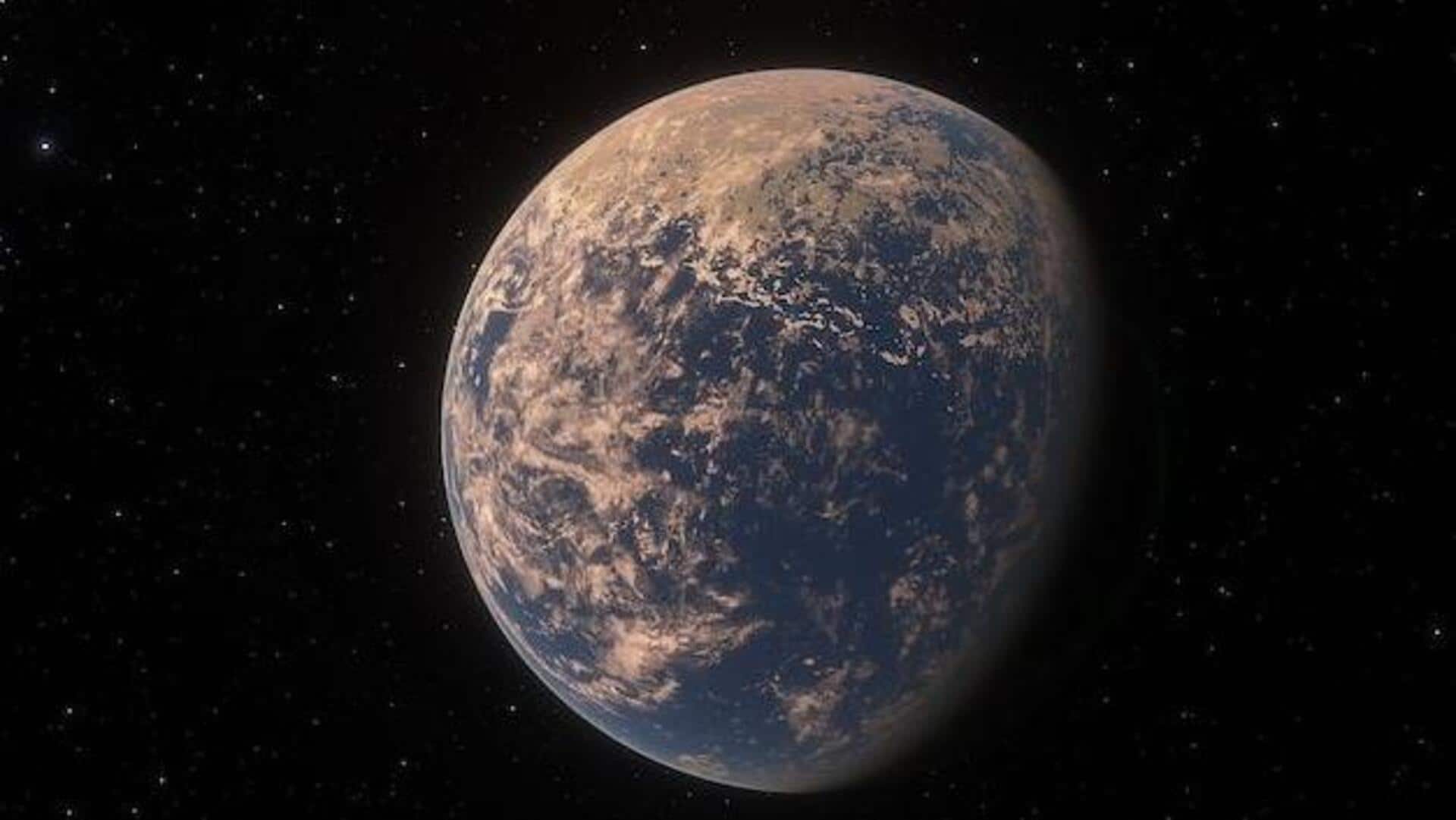Unveiling the Secrets of Galaxies: How Telescopes Illuminate the Cosmos. Dive into the cosmic depths and unravel the galaxy's mysteries
For centuries, humans looked up at the night sky, wondering about
the bright spots twinkling far away. Those faint lights, it turns out, are not just stars, but entire galaxies, each a vast island of billions or even trillions of stars.
And it's the amazing telescopes we've built that have allowed us to begin understanding just how grand and complex these "distant relatives" are.
Early telescopes advanced astronomy, revealing galaxies beyond Milky Way
Early telescopes, like those used by Galileo, were pretty basic. They used lenses to bend light and magnify images, allowing astronomers to see a bit further than the naked eye.

Even with these simple devices, people started noticing hazy patches which were the first glimpses of galaxies beyond our own Milky Way. Its like putting on glasses for the cosmos – suddenly everything is much sharper!
Advances in ground-based telescopes reveal distant galaxies' shapes
As technology zoomed ahead, so did telescopes. Larger and more powerful ground-based telescopes started popping up in remote locations, high up in the mountains, far away from city lights and air pollution. These big boys use huge mirrors to collect as much light as possible from distant objects.

The more light collected, the fainter the objects we can see, and the more detail we can make out. Telescopes like the Very Large Telescope (VLT) in Chile , with its four giant mirrors, can act like one massive eye, giving us stunning views of galaxies millions of light-years away.
These telescopes have showed us how galaxies come in different shapes – spirals like our own, ellipticals that look like giant glowing balls, and irregular ones that are all messed up.
Advanced telescopes reveal galaxy secrets using spectrographs
These advanced telescopes are not mere magnifying glasses; they are sophisticated scientific tools. Equipped with spectrographs, they can split the light from distant galaxies into its component colors, like a rainbow.

This "rainbow" reveals the chemical composition, temperature, and even the speed at which these galaxies are moving away from us. It's like having a cosmic lab right at our fingertips, allowing us to analyze the building blocks of galaxies and understand their past.
Space telescopes provide clear views above Earth's atmosphere
Even the best ground-based telescopes have their limitations. The Earth's atmosphere, which is so essential for our survival, also distorts the light coming from space, blurring the images. That's where space telescopes come in.

By launching telescopes into orbit, above the atmosphere, we get crystal-clear views of the universe. The Hubble Space Telescope, launched in 1990, is perhaps the most famous example. The data is invaluable for understanding the formation and evolution of galaxies.
Hubble captures galaxy collisions, Webb reveals first galaxies
Hubble has given us breathtaking images of galaxies colliding, showing the immense gravitational forces at play. The new James Webb Space Telescope is even more powerful.

It looks at the universe in infrared light, a type of light that can penetrate through dust clouds, allowing us to see galaxies that were previously hidden.
Webb is giving us a glimpse of the very first galaxies that formed in the early universe, teaching us about the conditions that sparked the birth of these cosmic giants. This will reshape our knowledge of the early cosmos.
Telescopes unveil galaxies with supermassive black holes shaping evolution
Telescopes have also revealed some of the most mysterious aspects of galaxies. It turns out that most galaxies have supermassive black holes at their centres, millions or even billions of times more massive than our Sun.

We can't see these black holes directly, but we can observe their effects on the surrounding stars and gas. The gravity tugs on the material, causing it to swirl around the black hole at incredible speeds, emitting lots of light that telescopes can detect.
Studying these active galactic nuclei, as they're called, is helping us understand how galaxies evolve and how black holes influence their growth.
Understanding dark matter through telescopes is key to unraveling cosmic mysteries
Another puzzle is dark matter. It is strange invisible substance that makes up most of the mass in galaxies. We can’t see it, but we know it’s there because of its gravitational effects.

Telescopes help us map the distribution of dark matter by observing how it bends the light from more distant galaxies, a phenomenon called gravitational lensing. Understanding dark matter is crucial for understanding the structure of the universe and how galaxies formed in the first place.
It's like trying to solve a cosmic detective story, and telescopes are giving us the clues.
Viewing distant galaxies means observing the past
When we look at distant galaxies, we're not just seeing them as they are today; we're seeing them as they were in the past. Because light takes time to travel across vast distances, the light from galaxies millions of light-years away has taken millions of years to reach us.

So, we're essentially looking back in time, seeing these galaxies as they existed millions of years ago. This allows us to study the evolution of galaxies over cosmic time, from their early formation to their current state.
Galaxies evolve from chaotic mergers to structured forms
Telescopes have shown us that galaxies have changed dramatically over billions of years. The early universe was filled with smaller, more irregular galaxies that often collided and merged.

Over time, these galaxies gradually grew larger and more structured, forming the spiral and elliptical galaxies we see today. It’s like watching a cosmic movie, with telescopes as our time machines.
AI Generated Content. Glance/InMobi shall have no liability for the content







